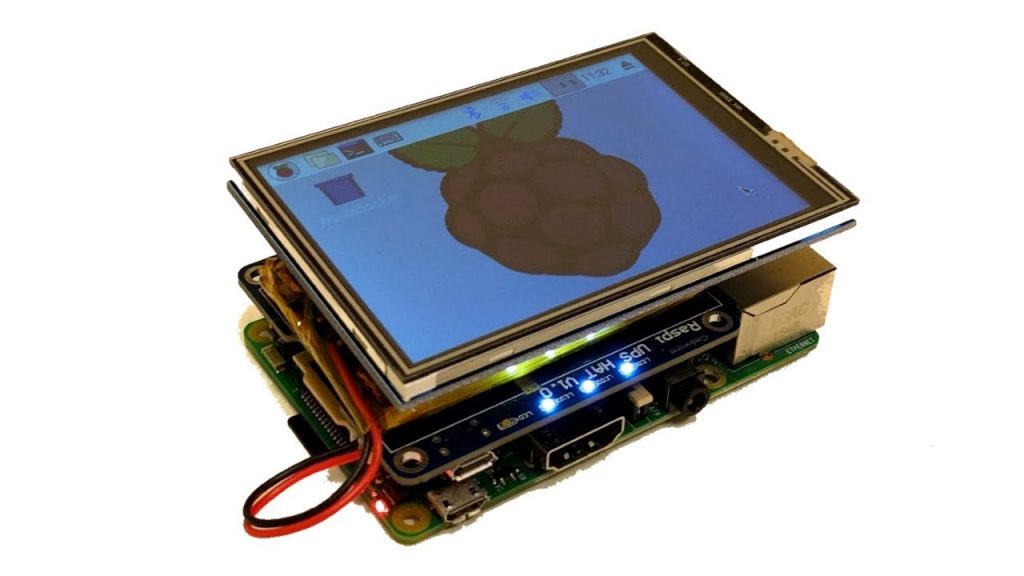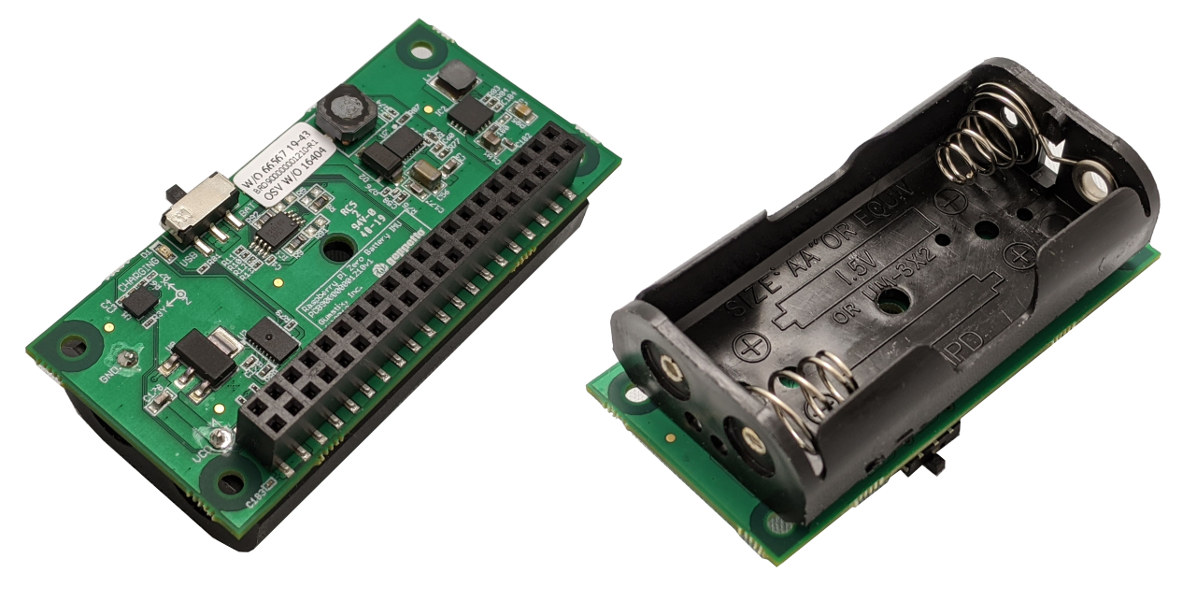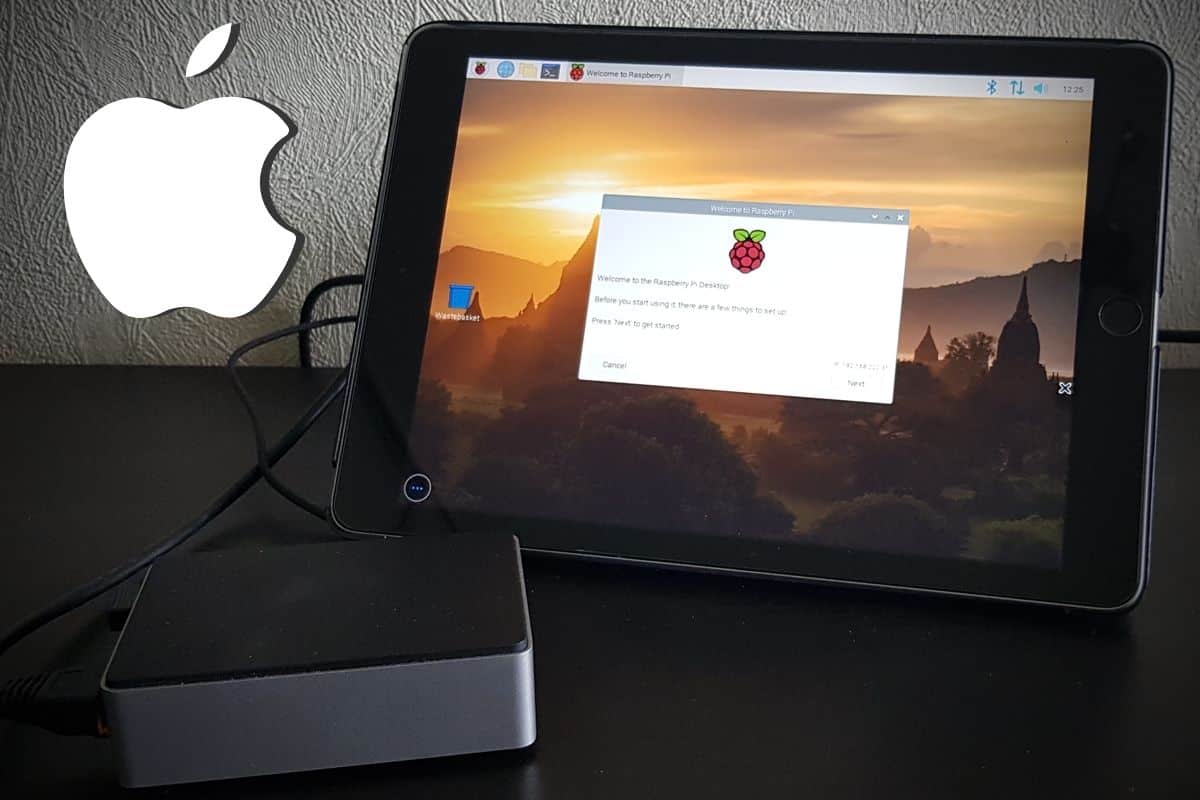

In Australia, the "915MHz" or "AU915" band (which is technically 915-928Mhz) is used. As each region has their own rules, LoRa typically operates on one of many bands, where the specific band you use will be a result of your location. It is based on a modified form of the chirp spread spectrum scheme, which facilitates the wireless data transmission. Cycleo (later acquired by Semtech) developed LoRa ('Lo'ng 'Ra'nge), a proprietary standardised modulation protocol that operates on the physical layer.

Despite both having "LoRa" in the name, the two technologies are in fact quite distinct. When you first start looking into them, you may think they are talking about the same thing, but that isn't quite the case. Two key terms are frequently used on the internet: LoRa and LoRaWAN. Although LoRaWAN is overkill in my situation, I was exploring it at the time and thought this project would be a great application to learn it on.
RASPBERRY PI BATTERY MONITOR BLUETOOTH
This effectively ruled out similar 2.4GHz choices like Bluetooth or other native 2.4GHz solutions. Unfortunately, since this battery system is situated on the edge of our wireless network, receiving data was, at best, intermittent. In many situations, WiFi or Bluetooth is a perfect solution for short-range applications.

I initially attempted utilising an ESP32 and transmitting the data over WiFi when I first started this project, which was a while ago. However, I chose to use LoRaWAN in this project. Numerous wireless communication options exist, including WiFi, Bluetooth, and even native 2.4GHz modules like the nRF24L01. Therefore, having this monitor can aid in determining, among other things, the status of the battery and solar setup. However, because it is an older second-hand battery, it doesn't have the best life. In my situation, I have a used lead acid battery in the garden that gets charged from a 40W solar panel during the day and powers some driveway lights at night. A wireless battery monitor can be quite helpful in any case. Perhaps the battery is awkwardly situated or is quite far away from the desired monitoring location. With a multimeter or even a more permanent voltmeter, checking the voltage is quite trivial, however, it might be beneficial to keep an eye on the battery's health remotely. While this project can be easily extended to measure current, I’ll only focus on voltage monitoring. Ideally, you’d also measure the current flowing through the battery. In essence, it allows you to roughly estimate how much energy is left in the battery at a given time. If you’ve ever had a small scale solar and battery setup, you’ll know that battery voltage monitoring can be quite useful. Build this Raspberry Pi-based remote wireless battery monitoring system to keep watch on your 12V battery system.


 0 kommentar(er)
0 kommentar(er)
